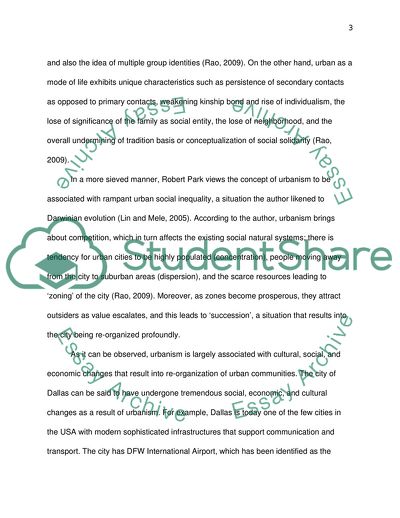Cite this document
(How Three Sociological Concepts Connect to Dallas Essay, n.d.)
How Three Sociological Concepts Connect to Dallas Essay. https://studentshare.org/sociology/1767760-how-three-sociological-concepts-connect-to-dallas-tx
How Three Sociological Concepts Connect to Dallas Essay. https://studentshare.org/sociology/1767760-how-three-sociological-concepts-connect-to-dallas-tx
(How Three Sociological Concepts Connect to Dallas Essay)
How Three Sociological Concepts Connect to Dallas Essay. https://studentshare.org/sociology/1767760-how-three-sociological-concepts-connect-to-dallas-tx.
How Three Sociological Concepts Connect to Dallas Essay. https://studentshare.org/sociology/1767760-how-three-sociological-concepts-connect-to-dallas-tx.
“How Three Sociological Concepts Connect to Dallas Essay”. https://studentshare.org/sociology/1767760-how-three-sociological-concepts-connect-to-dallas-tx.


